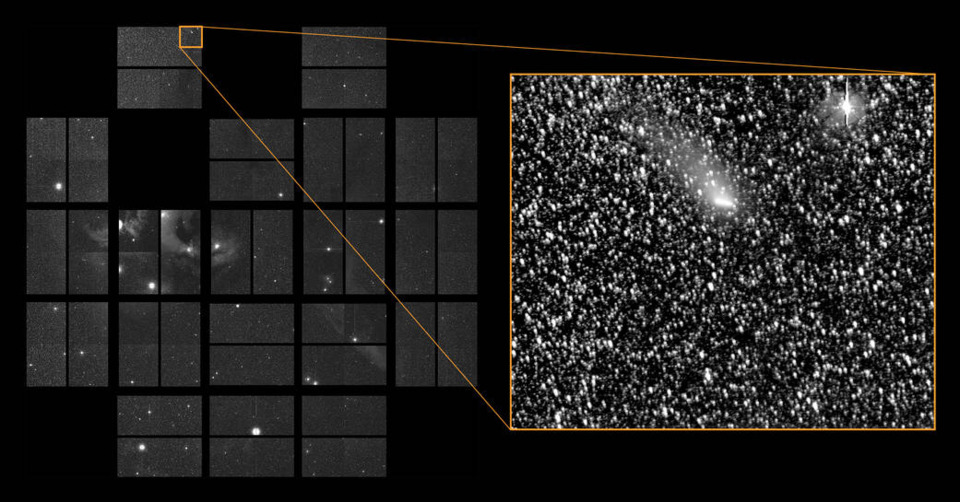Not to poop on everyone's parade, but what can we really see 1400 light years away? At best, NASA is guessing this planet might be Earth-like because it's about the same distance from its star as we are from the sun and it's maybe about the same size. I mean fuck, we were wrong about Pluto's size and it's 1.7 million times closer to Earth than Kepler 452b.
This.
Also, why are there never pics from the telescope when news like this hits? The public is not good enough to see what they can see? It would be nice if they gave us a picture of what they see observed and explained what they were able to read from it and what other tools they used to gather info on the planet. Am I just not aware of a resource that includes all of this or do they just never do it?
Because - as I understand it - there aren't any "pictures" exactly. Just numbers from radiometric telescopes that tell them there might be something there. Astronomy has to fund itself somehow. Piquing curiosity and stimulating the imagination is a popular tactic. The actual data is boring as fuck.

Log in to comment